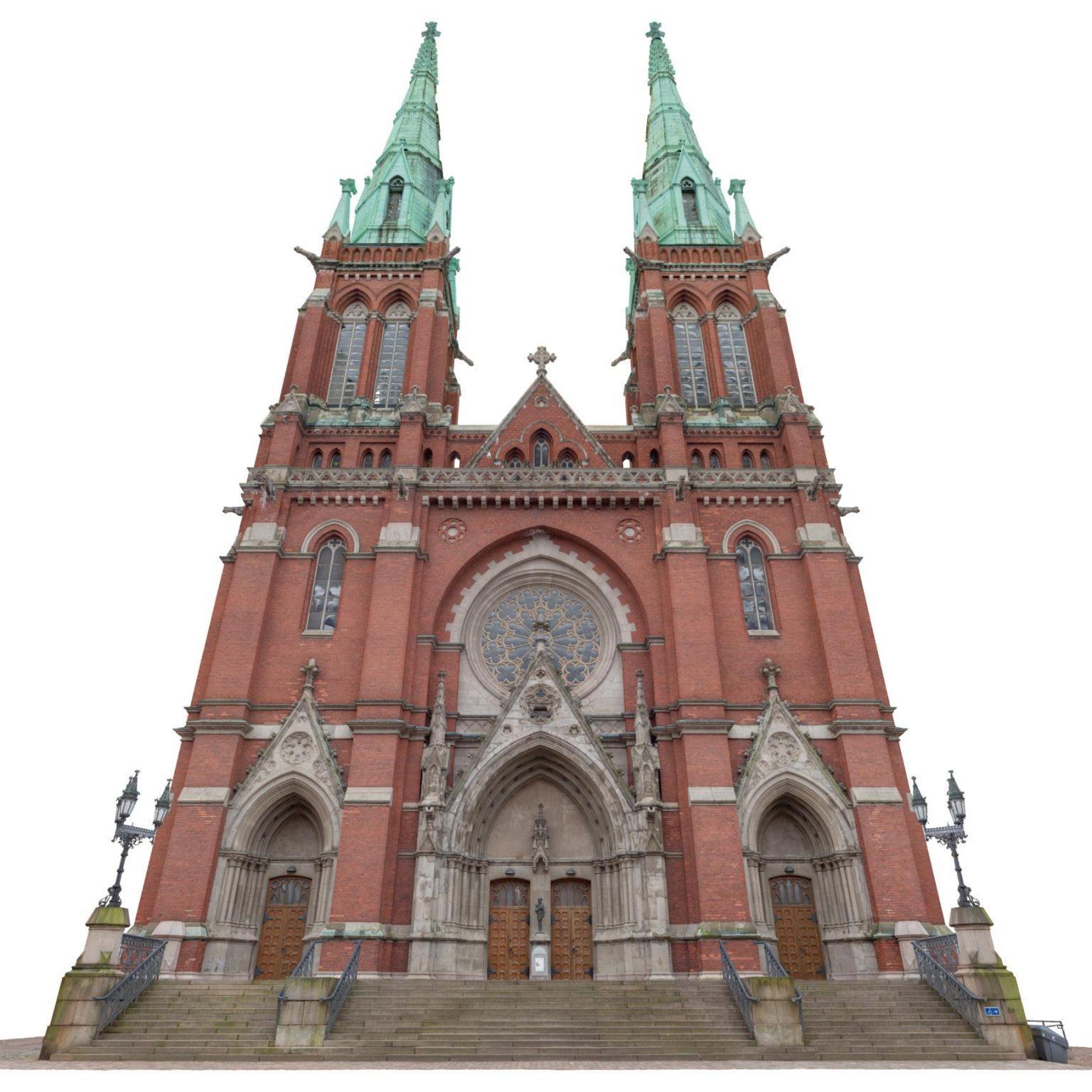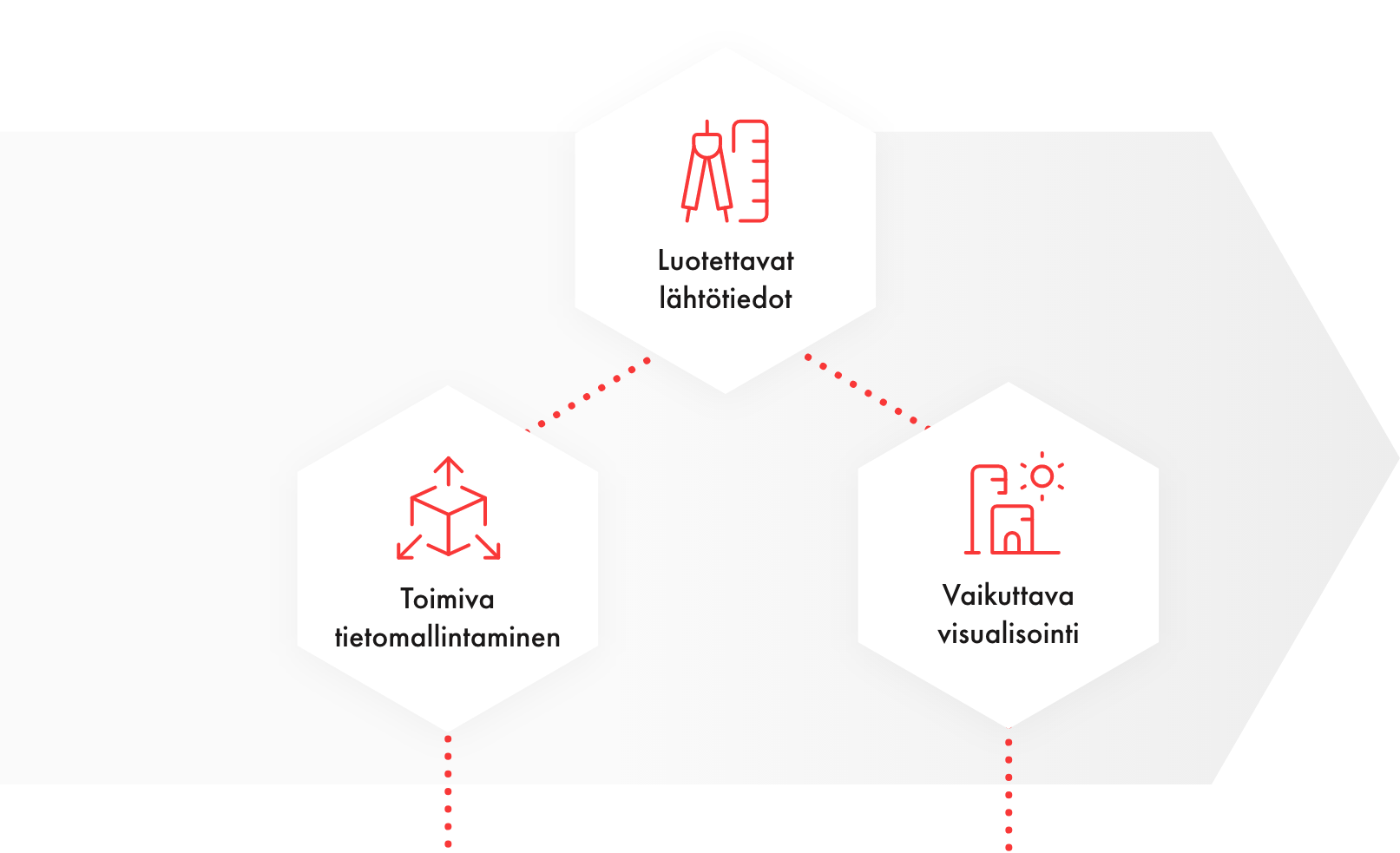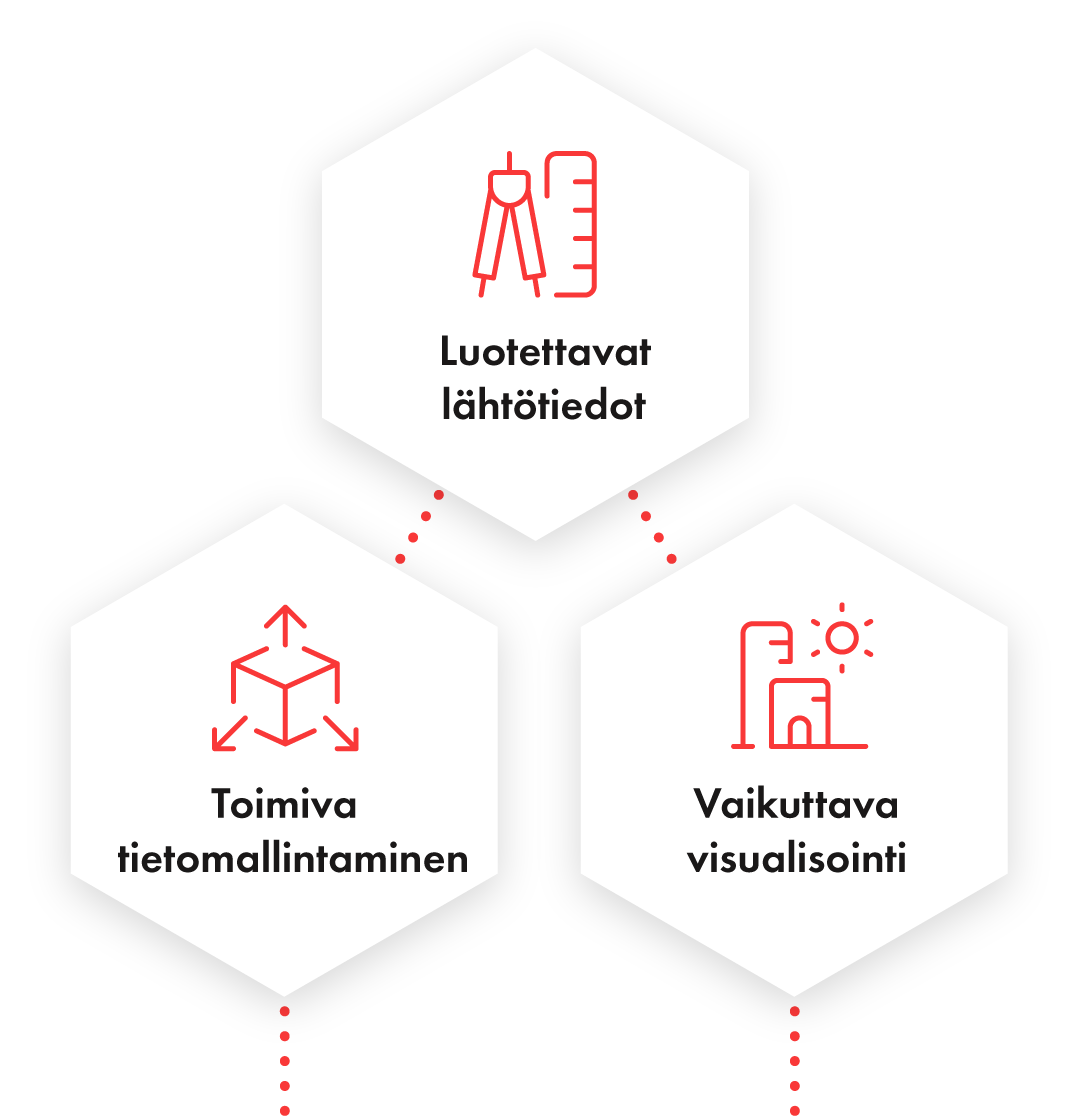Reliable initial data enabled the precise renovation planning of the facade of St. John’s Church
Tietoa produced photogrammetric projection images of the exterior envelope of St. John’s Church for the renovation planning of the church’s facade. This project was the first of its kind, as similar measurement data had not been implemented on this scale before.
At the beginning of 2021, a major facade renovation was started at St. John’s Church. Tietoa provided the client with comprehensive initial data for the building’s entire exterior envelope in the form of highly accurate photogrammetric projection images. This data was used as the foundation for the renovation planning of the church’s facade.
The material prepared by Tietoa enabled the facade renovation work to be planned efficiently, saving both time and costs: the initial data was precise and factual, allowing for the avoidance of surprises when moving from the planning stage to implementation. Renovation work is easier and faster when you know from the start what needs to be repaired. The renovation of the church is estimated to last a year and a half.
Special attention in the renovation is being given to over twenty statues located 40 meters high on the church’s outer walls, which have been severely damaged, particularly due to weather exposure. In more sheltered areas, some of the original concrete decorations still remain, but many have already been replaced with replicas of the old designs during previous renovations. In this latest renovation, only the most deteriorated decorations will be replaced, and some will be repaired on-site. In addition to the decorations, the rest of the facade, as well as the windows and roof with their details, will also undergo restoration.
The nearly 130-year-old St. John’s Church facade was photographed in detail
St. John’s Church was designed by Stockholm-based architect Adolf Emil Melander and was completed in 1891. Located in Helsinki’s Ullanlinna district, this neo-Gothic church is Finland’s largest stone church by seating capacity. The church was repaired before its centenary celebration in 1991, and now the facade is undergoing restoration. The Evangelical Lutheran Church of Finland commissioned Tietoa to create photogrammetric projection images, based on which the facade renovation was planned. The facade renovation was designed by the architectural firm Helander-Leiviskä.
Comprehensive initial data on the current state of the facade was needed for the church’s facade renovation. The Evangelical Lutheran Church of Finland commissioned the material enabling the renovation planning from Tietoa, as Tietoa has the best expertise in Finland for photogrammetric measurements. The outcome of the measurement phase included several colored point clouds and facade projections of St. John’s Church. Thanks to the highly accurate initial data, it was possible to create a renovation plan for the church’s facade down to the smallest detail.
The challenges posed by the Finnish winter for photogrammetric imaging were overcome
Since photogrammetric measurement involves photography, it requires light. The aerial photography of St. John’s Church took place in January-February 2020, when the amount of daylight was limited. Due to the lack of light, the site was photographed over several days at noon, when natural light was at its peak. A drone was used in the photogrammetric imaging of St. John’s Church.
The project could have been hampered not only by darkness but also by snowfall, as snow falling on the church would have covered the surface to be measured. Additionally, snowfall would have disrupted the use of the camera drone. The snowless start to 2020 was advantageous for the project, and the imaging was completed on schedule.
Photogrammetry is a serious challenger to laser scanning
How accurate can photogrammetrically measured images really be? The point cloud of St. John’s Church is so dense that you can even read the headline of the poster next to the church entrance. Take a look, zoom in, and be amazed! By double-clicking the image, you can open it in full screen.
The image is sharper at the bottom than higher up, as the system camera could capture from closer to the ground than the drone could in the air.
When captured with this level of quality, the point density and uniformity across the entire surface of the building are better in photogrammetry than in laser scanning. Additionally, among imaging-based measurement methods, photogrammetry is more intuitive to the eye: the viewer does not need to be a professional to understand what they are seeing.
Project Information
Client: The Evangelical Lutheran Church of Finland
Architectural design: Wilhelm Helander, Juha Leiviskä, architects SAFA partnership
Initial data in the form of photogrammetric projection images: Tietoa Finland Oy






